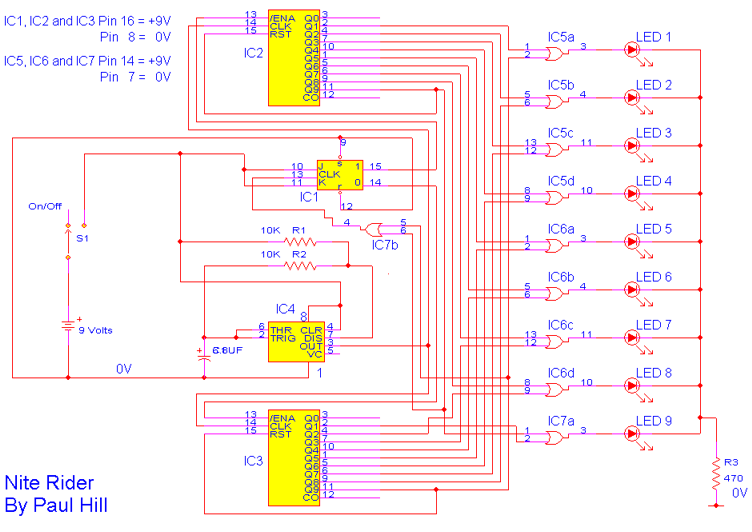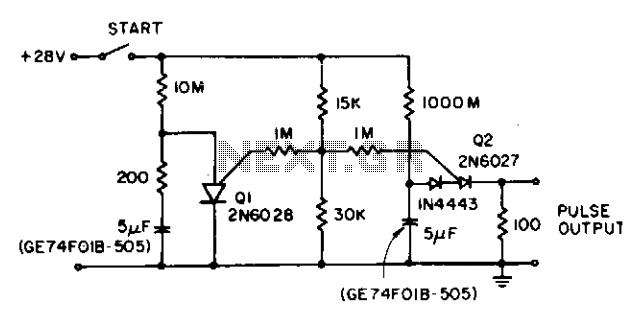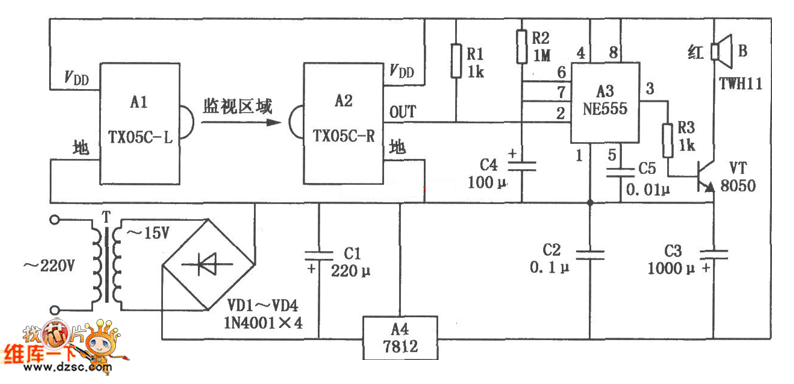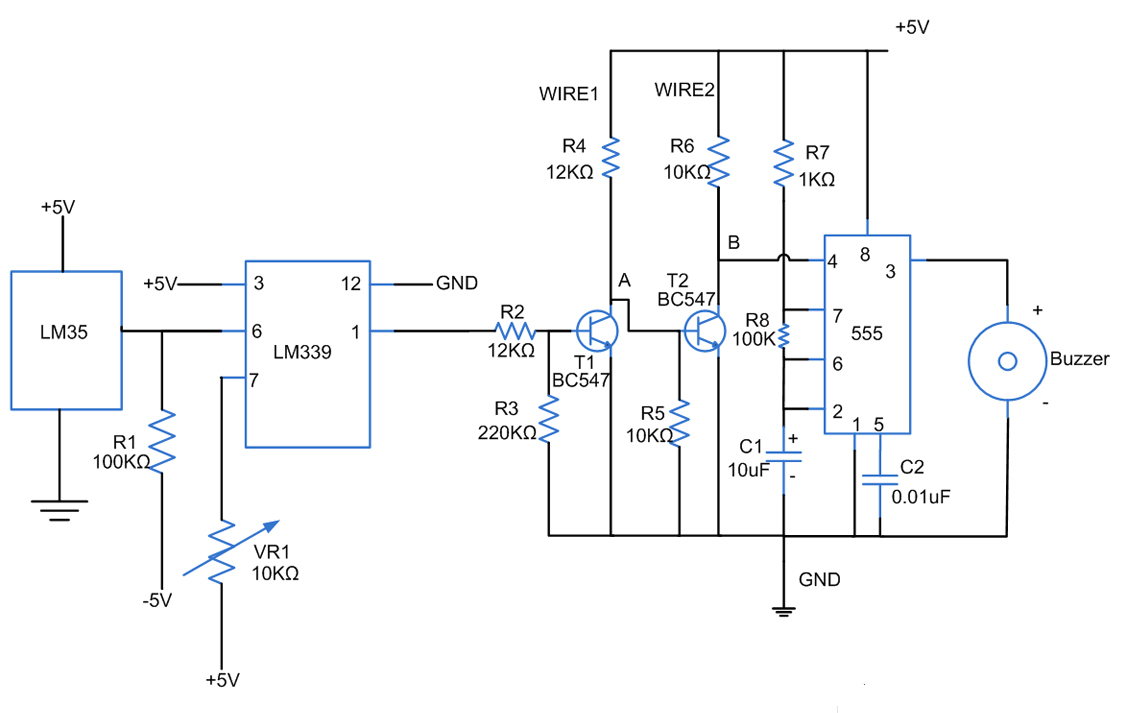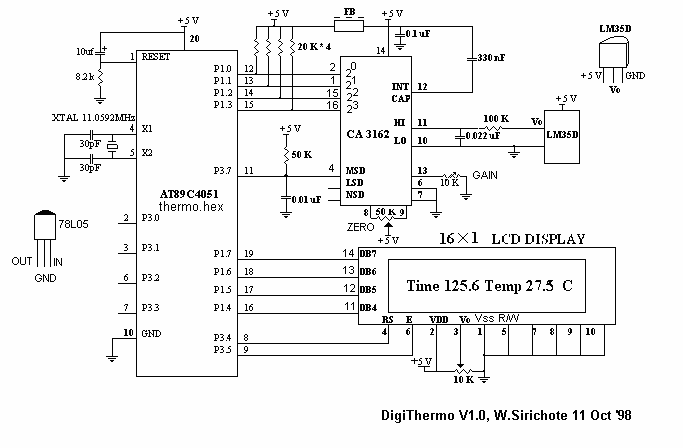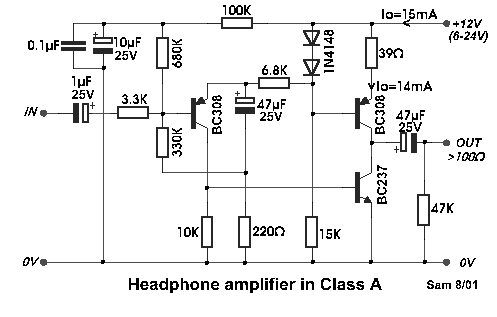
A circuit diagram of the digital pressure signal conditioner MAX1459 4 ~ 20mA current transmitter
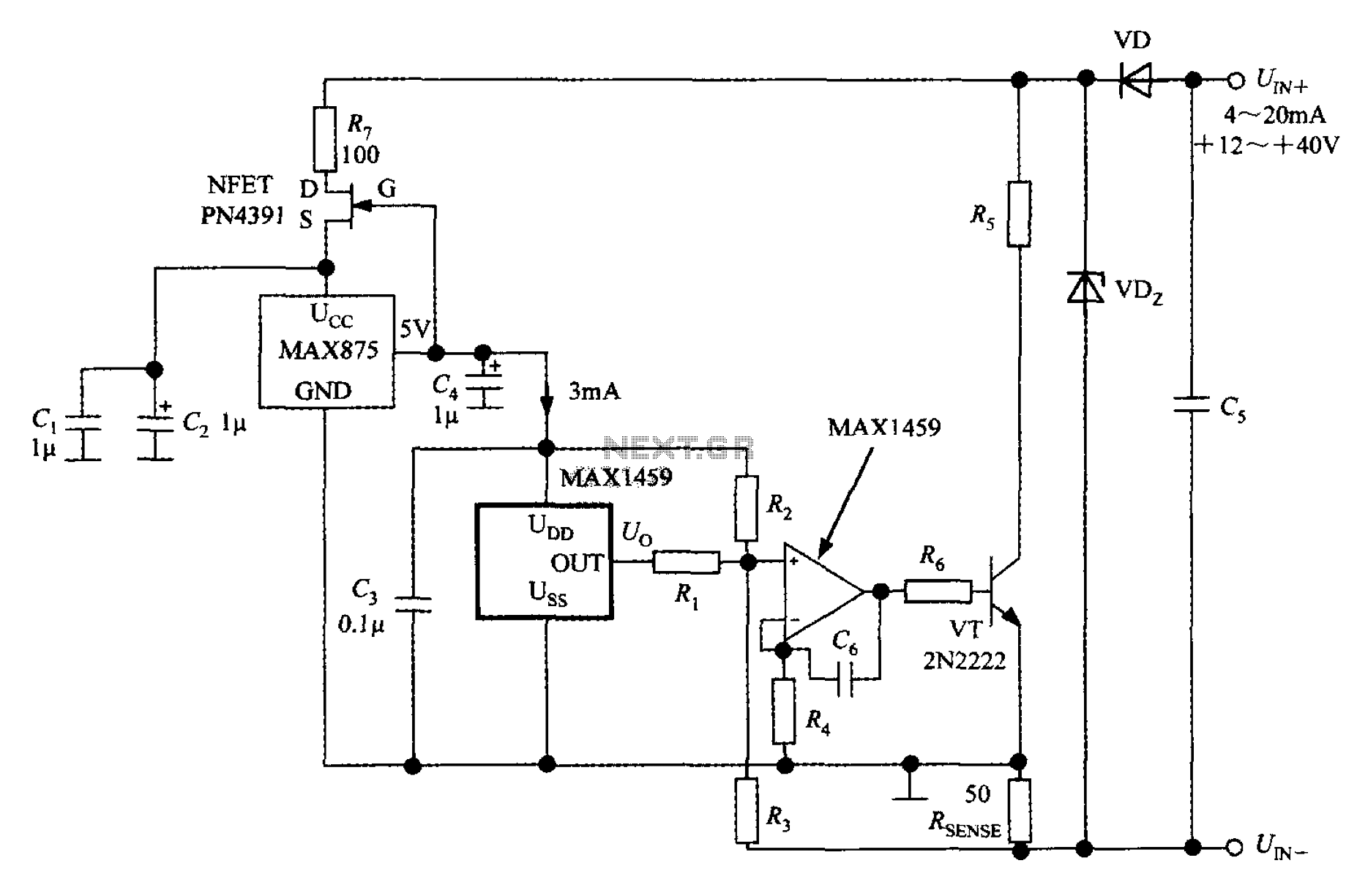
A 4 to 20 mA current transmitter circuit is implemented using the MAX1459, as illustrated in the accompanying figure. The output voltage from the programmable gain amplifier (PGA) is supplied to a spare amplifier chip, and subsequently, an external power amplifier is employed to achieve a 4 to 20 mA current output. This design ensures that the current signal can be transmitted over long distances without being affected by cable resistance. The circuit utilizes the PN4391, which is a 40V, 150mA N-channel FET (NFET), and the MAX875, a low-power, low-drift 5V bandgap reference voltage source with a temperature coefficient of 7 x 10^-6. The combination of the PN4391 and the MAX875 forms a 3 mA constant current source, providing a stable operating current for the MAX1459. The MAX1459 also incorporates temperature compensation and gain compensation features (the pressure sensor is not shown). The output voltage from the MAX1459 passes through a spare amplifier and a power amplifier to convert it into a 4 to 20 mA current signal, supporting a loop supply range of +12 to 40V. The circuit employs a 2N2222 type power transistor, which has key parameters of UCEO 60V and ICM 0.8A. Overvoltage protection is provided by a regulator connected in parallel between UIN+ and UIN-. The initial voltage across the sense resistor (RSENSE) is determined by resistors R1 to R4, while the signal voltage across RSENSE is regulated by the MAX1459. With RSENSE set to 50, a standard voltage range of 0.2 to 1.0V can be calibrated. Capacitors C1 to C3 serve as decoupling capacitors, C4 and C5 function as filter capacitors, and C6 is used for frequency compensation. Resistors R5 and R6 are designated as collector resistance and base resistance, respectively.
The 4 to 20 mA current transmitter circuit is designed for robust performance in industrial applications, where precise current signaling is critical. The choice of the MAX1459 as the core component allows for effective signal processing, enabling accurate temperature and gain compensation, which is essential for maintaining signal integrity across varying environmental conditions. The integration of the PN4391 NFET and the MAX875 bandgap reference ensures that the circuit can deliver a stable and reliable current output, even in the presence of varying load conditions and cable resistances.
The output stage of the circuit, which includes the spare amplifier and the external power amplifier, is pivotal in achieving the desired current output. This configuration allows for flexibility in the loop supply voltage, accommodating a range from +12V to +40V, making the circuit suitable for various applications. The use of the 2N2222 power transistor provides sufficient drive capability, ensuring that the circuit can handle the required current levels without overheating or failing.
The calibration process, involving the adjustment of RSENSE and the associated resistors R1 to R4, is crucial for achieving the desired output characteristics. The ability to calibrate the output voltage across RSENSE to a standard range of 0.2 to 1.0V allows for easy integration into existing systems and enhances the versatility of the transmitter.
Decoupling and filtering capacitors (C1 to C5) are strategically placed to minimize noise and ensure stable operation of the circuit, while the frequency compensation capacitor (C6) helps maintain the stability of the amplifier stages. The careful selection of component values and types throughout the circuit contributes to the overall performance, reliability, and accuracy of the 4 to 20 mA current transmitter, making it a valuable solution for industrial measurement and control applications.4 ~ 20mA current transmitter circuit from the MAX1459 configured as shown in FIG. The PGA output voltage supplied to the spare amplifier chip, and then through an external powe r amplifier can obtain 4 ~ 20mA current output, the current long-distance transmission, the accuracy of the current signal is not affected by cable resistance. PN4391 to 40V, 150mA N-channel FET (NFET). MAX875 low-power, low drift 5V bandgap reference voltage source, the voltage temperature coefficient of 7 10-6/.
Constituted by the PN4391 and MAX875 3mA of constant current source, to provide a stable operating current MAX1459, MAX1459 re-use temperature compensation and gain compensation (not shown pressure sensor). MAX1459 output voltage sequentially through spare amplifier, power amplifier into a current signal 4 ~ 20mA, allowing loop supply range is + 12 ~ 40V.
VT use 2N2222 type power tube, its main parameters: UCEO 60V, ICM 0.8A. In UIN +, UIN- a parallel between the regulator, overvoltage protection can play a role. The initial voltage across the sense resistor RSENSE set by resistors R1 ~ R4, the signal voltage across RSENSE is controlled by the MAX1459. When RSENSE 50, the available standard voltage 0.2 ~ 1.0V calibrated. C1 ~ C3 as a decoupling capacitor, C4, C5 for the filter capacitor, C6 frequency compensation capacitor.
R5, R6, respectively collector resistance and base resistance.
The 4 to 20 mA current transmitter circuit is designed for robust performance in industrial applications, where precise current signaling is critical. The choice of the MAX1459 as the core component allows for effective signal processing, enabling accurate temperature and gain compensation, which is essential for maintaining signal integrity across varying environmental conditions. The integration of the PN4391 NFET and the MAX875 bandgap reference ensures that the circuit can deliver a stable and reliable current output, even in the presence of varying load conditions and cable resistances.
The output stage of the circuit, which includes the spare amplifier and the external power amplifier, is pivotal in achieving the desired current output. This configuration allows for flexibility in the loop supply voltage, accommodating a range from +12V to +40V, making the circuit suitable for various applications. The use of the 2N2222 power transistor provides sufficient drive capability, ensuring that the circuit can handle the required current levels without overheating or failing.
The calibration process, involving the adjustment of RSENSE and the associated resistors R1 to R4, is crucial for achieving the desired output characteristics. The ability to calibrate the output voltage across RSENSE to a standard range of 0.2 to 1.0V allows for easy integration into existing systems and enhances the versatility of the transmitter.
Decoupling and filtering capacitors (C1 to C5) are strategically placed to minimize noise and ensure stable operation of the circuit, while the frequency compensation capacitor (C6) helps maintain the stability of the amplifier stages. The careful selection of component values and types throughout the circuit contributes to the overall performance, reliability, and accuracy of the 4 to 20 mA current transmitter, making it a valuable solution for industrial measurement and control applications.4 ~ 20mA current transmitter circuit from the MAX1459 configured as shown in FIG. The PGA output voltage supplied to the spare amplifier chip, and then through an external powe r amplifier can obtain 4 ~ 20mA current output, the current long-distance transmission, the accuracy of the current signal is not affected by cable resistance. PN4391 to 40V, 150mA N-channel FET (NFET). MAX875 low-power, low drift 5V bandgap reference voltage source, the voltage temperature coefficient of 7 10-6/.
Constituted by the PN4391 and MAX875 3mA of constant current source, to provide a stable operating current MAX1459, MAX1459 re-use temperature compensation and gain compensation (not shown pressure sensor). MAX1459 output voltage sequentially through spare amplifier, power amplifier into a current signal 4 ~ 20mA, allowing loop supply range is + 12 ~ 40V.
VT use 2N2222 type power tube, its main parameters: UCEO 60V, ICM 0.8A. In UIN +, UIN- a parallel between the regulator, overvoltage protection can play a role. The initial voltage across the sense resistor RSENSE set by resistors R1 ~ R4, the signal voltage across RSENSE is controlled by the MAX1459. When RSENSE 50, the available standard voltage 0.2 ~ 1.0V calibrated. C1 ~ C3 as a decoupling capacitor, C4, C5 for the filter capacitor, C6 frequency compensation capacitor.
R5, R6, respectively collector resistance and base resistance.
